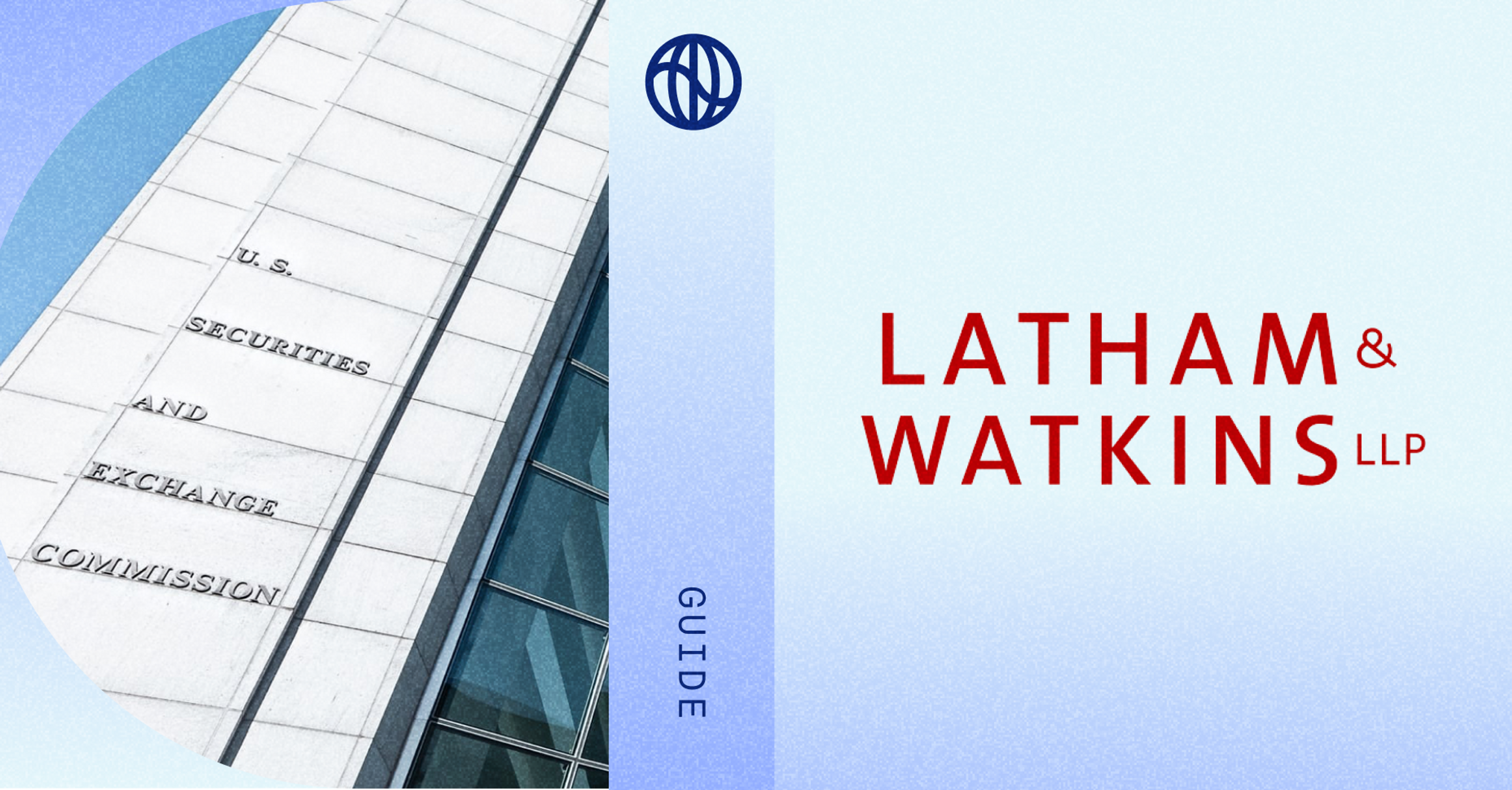

On March 6, after two years of deliberations that included reviewing 24,000+ comments, the US Securities and Exchange Commission (SEC) voted 3-2 to adopt final rules for “The Enhancement and Standardization of Climate-Related Disclosures for Investors.” The rules apply only to public companies (including foreign private issuers), and are scaled back in many respects relative to the proposed rules, with a longer phase-in period.
The final rules contain materiality-qualified TCFD (Task Force on Climate-related Disclosure)-inspired elements, requiring companies to disclose in their registration statements and periodic reports certain information on their governance, strategy, risk management, and targets and goals with respect to climate-related risks.
Companies that have or use transition plans, scenario analysis, internal carbon pricing, and targets/goals will in certain cases be required to disclose details of those items, including the use of carbon credits (offsets) or RECs (renewable energy certificates). The final rules also include certain novel financial statement disclosure requirements. Finally, larger companies will have to disclose their scope 1 and 2 emissions “if such emissions are material,” and ultimately obtain an attestation report from an independent attestation provider for their emissions disclosures. You can find a deeper dive into the content of the rule here.
How does the SEC’s climate disclosure rule impact a company’s 10-K?
Currently, most companies provide limited, if any, climate-related information in their 10-Ks. Although the SEC’s final climate disclosure rule contains important materiality qualifiers, it is expected to result in companies including a great deal of additional climate-related disclosure in their 10-Ks. Depending on the filing status of the company, this disclosure may include detailed discussion of material climate-related risks and related risk management measures, board and managerial oversight, strategy measures like scenario analysis and transition plans, and scope 1 and 2 emissions information. Similar to the recently adopted cybersecurity disclosure rule, most of this information will be presented in a new, separately captioned section of the 10-K. One important note, though, is that scope 1 and 2 emissions information is permitted to be filed after the 10-K and incorporated by reference from the company’s 10-Q for the second fiscal quarter in the year following the 10-K (or an amendment to the 10-K or 20-F filed along the same timeline).
Given the above, how does the rule affect the preparation process for a 10-K? Who are the key stakeholders?
The new information required by the climate rule will likely expand the list of internal and external stakeholders involved in preparation of the 10-K or expand their existing roles. The management team responsible for drafting the report and coordinating the required information may require additional support, including from technical experts and finance professionals, as well as the company’s independent auditor who will need to include any required financial statement disclosures in the audited financials. The board committee reviewing and approving the annual report (in many cases the audit committee) will be reviewing this new information. If scope 1 and/or scope 2 emissions are required, collecting and storing that information could require use of a software platform like Watershed, in particular to facilitate the work of the third-party provider that will ultimately need to be engaged to provide an attestation report. And it’s important to work closely with in-house and outside counsel to ensure adequacy and accuracy of the new disclosures, particularly for companies subject to multiple overlapping regulatory regimes.
Which of the proposed new climate disclosures do you expect will be the most challenging for companies?
The final rule jettisons the proposed rule’s requirement to disclose the impact of climate-related events on each line item in the company’s financial statements. Instead, the final rule requires disclosure in the footnotes to the financial statements of expenditures, losses, and capitalized charges related to “severe weather events and other natural conditions.” Although it provides examples (e.g., hurricanes), the rule does not define what qualifies as a severe weather event or other natural condition. Moreover, these disclosures are subject to low de minimis thresholds (e.g., 1% of the absolute value of income or loss)—a point emphasized by Commissioner Pierce in her dissenting statement—and will be novel for most companies, who, Commissioner Pierce pointed out, will have to invest in new internal controls systems to track this and other information that may be subject to disclosure under the rule. Additionally, although the rule establishes a safe harbor for the required transition plan and scenario analysis disclosures, these terms are defined quite broadly, which could create uncertainty for companies.
How should companies think about materiality in the context of scope 1 and 2 reporting? Is it better to err on the side of caution?
The financial statement disclosures are subject to specific monetary thresholds, but the rest of the final rule ties disclosures to financial materiality. As defined by the SEC in the release, based on US Supreme Court precedent, “a matter is material if there is a substantial likelihood that a reasonable investor would consider it important when determining whether to buy or sell securities or how to vote or such a reasonable investor would view omission of the disclosure as having significantly altered the total mix of information made available.” Whether a company’s scope 1 or 2 emissions are material will be a fact-specific inquiry for the registrant in light of a number of qualitative and quantitative factors, such as the nature of its business and the sector it operates in.
What are the legal safe-harbors for companies in the rule, and what are the potential implications for companies of not reporting or mis-reporting?
The final rule provides a safe harbor for certain disclosures, other than historical facts, related to transition plans, scenario analysis, internal carbon pricing, and targets and goals. The covered disclosures are considered “forward-looking statements” for purposes of the Private Securities Litigation Reform Act. The release also explains that the final rule extends this safe harbor to additional entities and transactions including IPOs. But for information outside the scope of this safe harbor that is inaccurate or otherwise misleading, a company may have liability under federal securities law. In fact, in her statement in support of the rule, Commissioner Crenshaw suggested that “heightened liabilities for material misstatements and omissions from both [the SEC’s] enforcement program and private lawsuits” was a key reason why the rule would lead to more reliable climate disclosures for investors.
What can companies do now to make the process smoother?
Companies should conduct a high-level gap assessment against the reporting requirements as they relate to their filing status, business, and operations so they have clarity on which disclosures will be required for their 10-K. For example, will they be required to report scope 1 and/or scope 2 emissions? If so, do they have a system in place to measure and collect this information? Identifying gaps early will help companies determine which additional roles and responsibilities may be required and where they may benefit from engaging outside counsel or consultants. Companies will also need to work with management and their independent accountants to uplift their existing internal controls and procedures around this information. For companies in scope of other climate regulations (e.g., Europe’s CSRD or California’s climate disclosure laws), it will be helpful to evaluate any overlap and interplay between the regimes to capture potential efficiencies and ensure consistency across disclosures.








